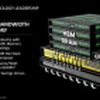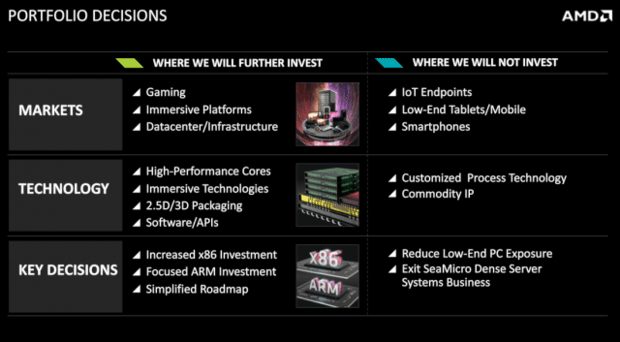AMD also has shared more information about the choice for HBA graphics memory usage with it's upcoming Graphics Cards and APUs. Rumors have been on-going for a long time now.
HBA is a technology that uses multiple stacked DRAM dies with dedicated memory paths into a single package, cutting down on power-draw, thermals, and PCB materials. There will be three HBM memories available, 2Hi, 4Hi and 8Hi. If you look at a slide that AMD shared you will notice this is not '3D' stacked memory, but '2.5D'.
It is 2.5D because the the DRAM layers are stacked nect to the graphics processor. The DRAM layers and interposer are connected with a vertical through-silicon via tsv-channels that rest on a base layer. Tsv's form paths through the silicium and offers shorter paths. According to AMD HBM opposed to GDDR5 will offer a threefold in performance per watt and will result into 50% less power consumption. Details about the cards and solutions using HBM AMD has not shared yet.



